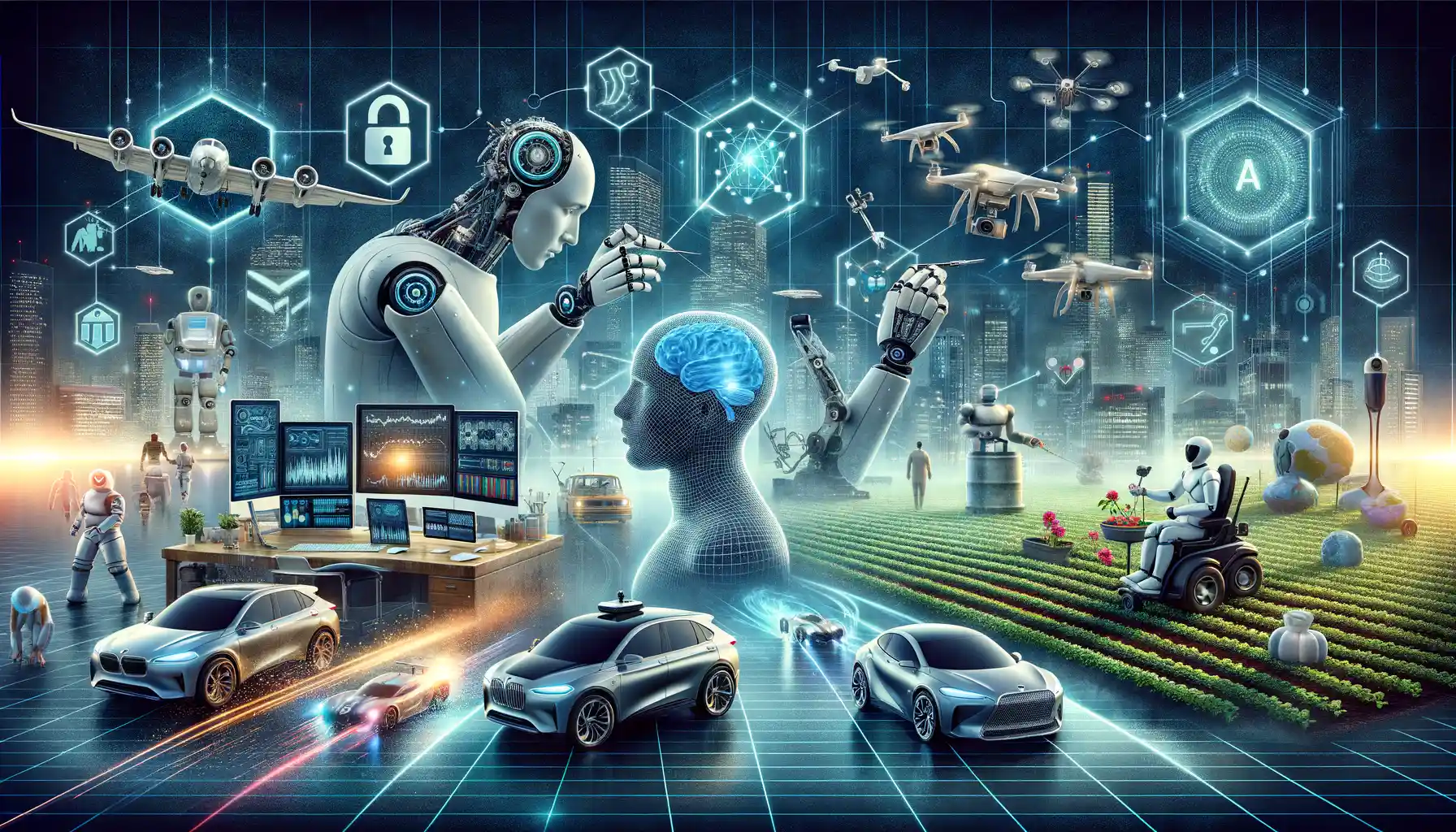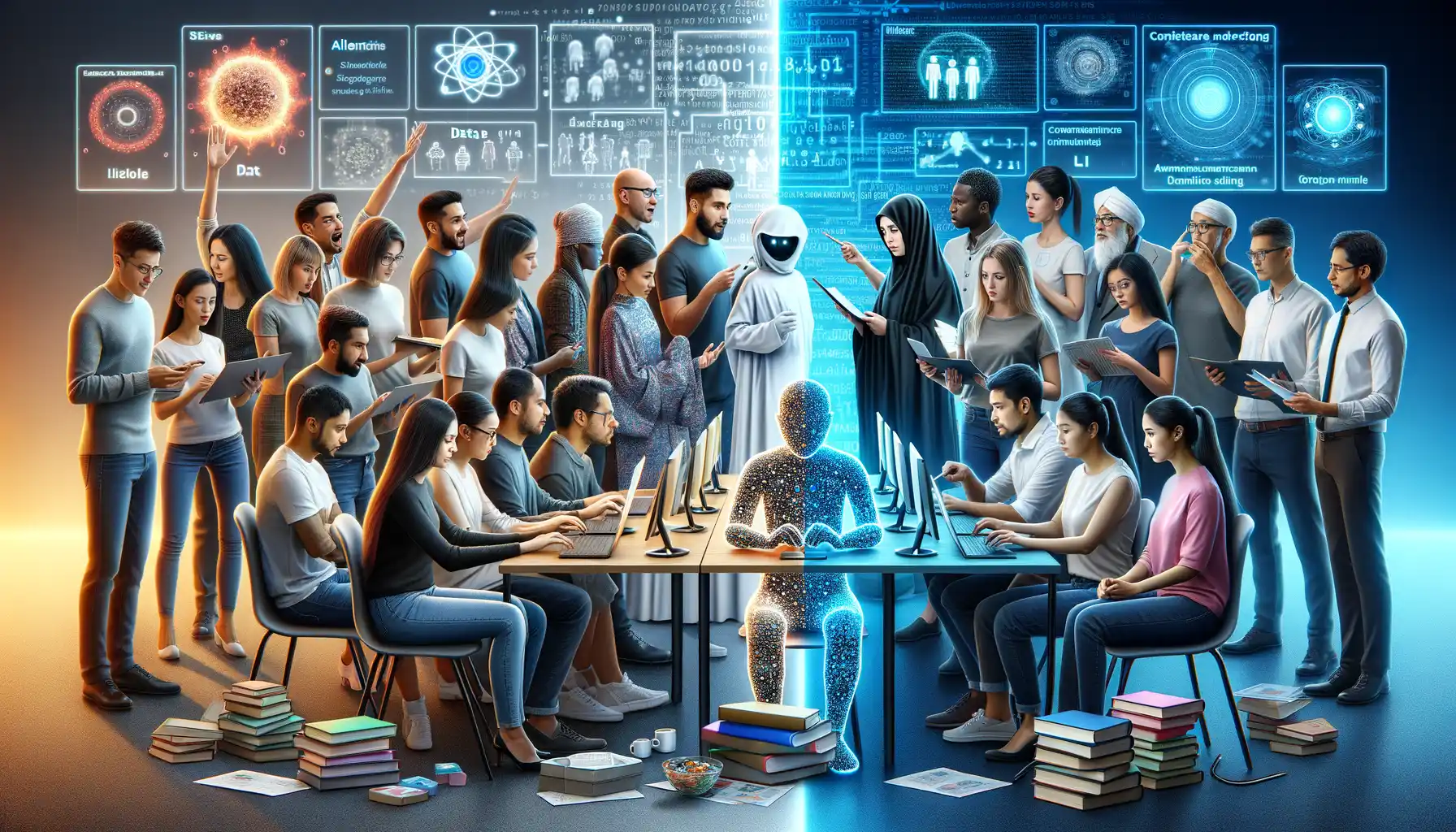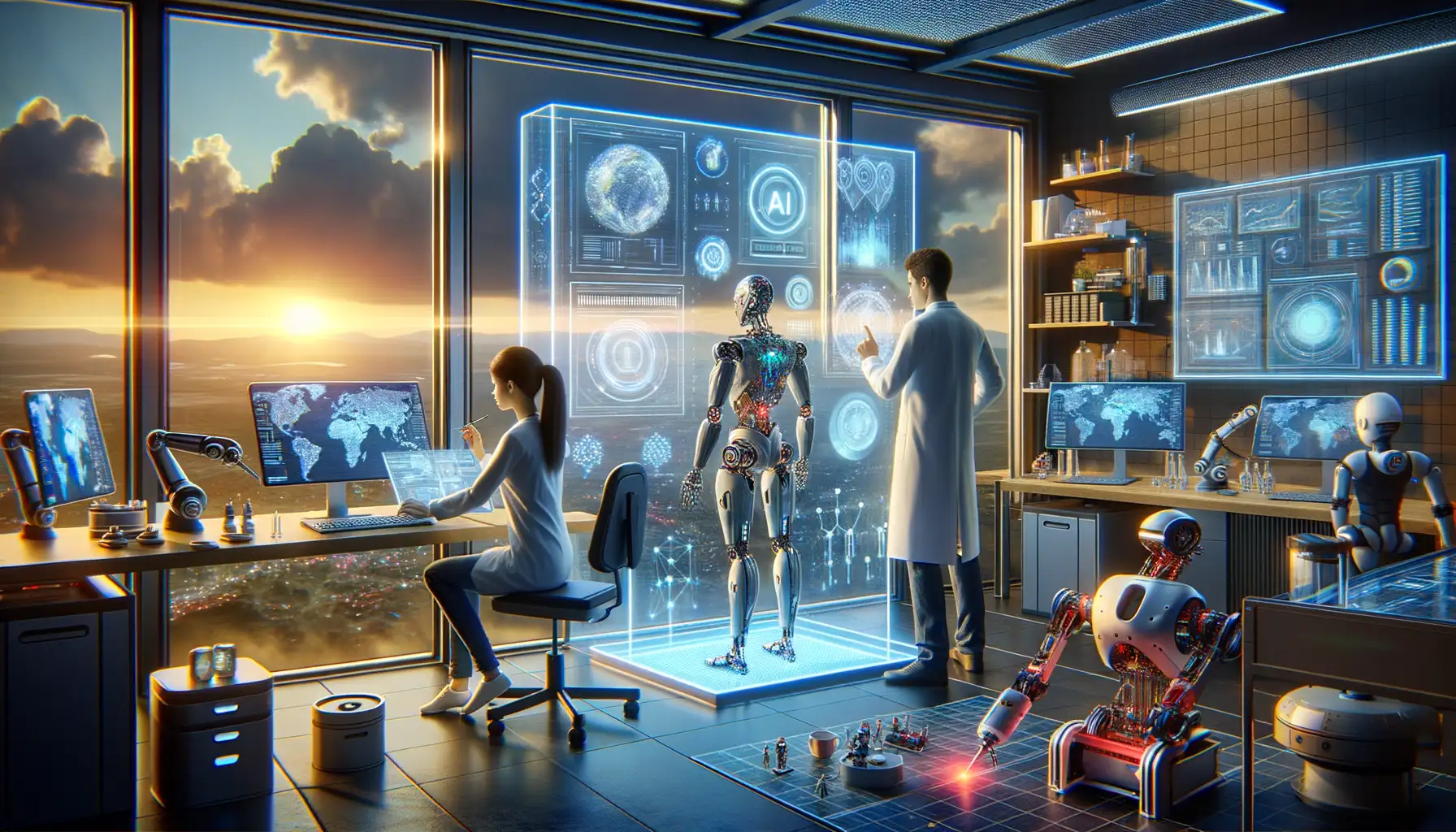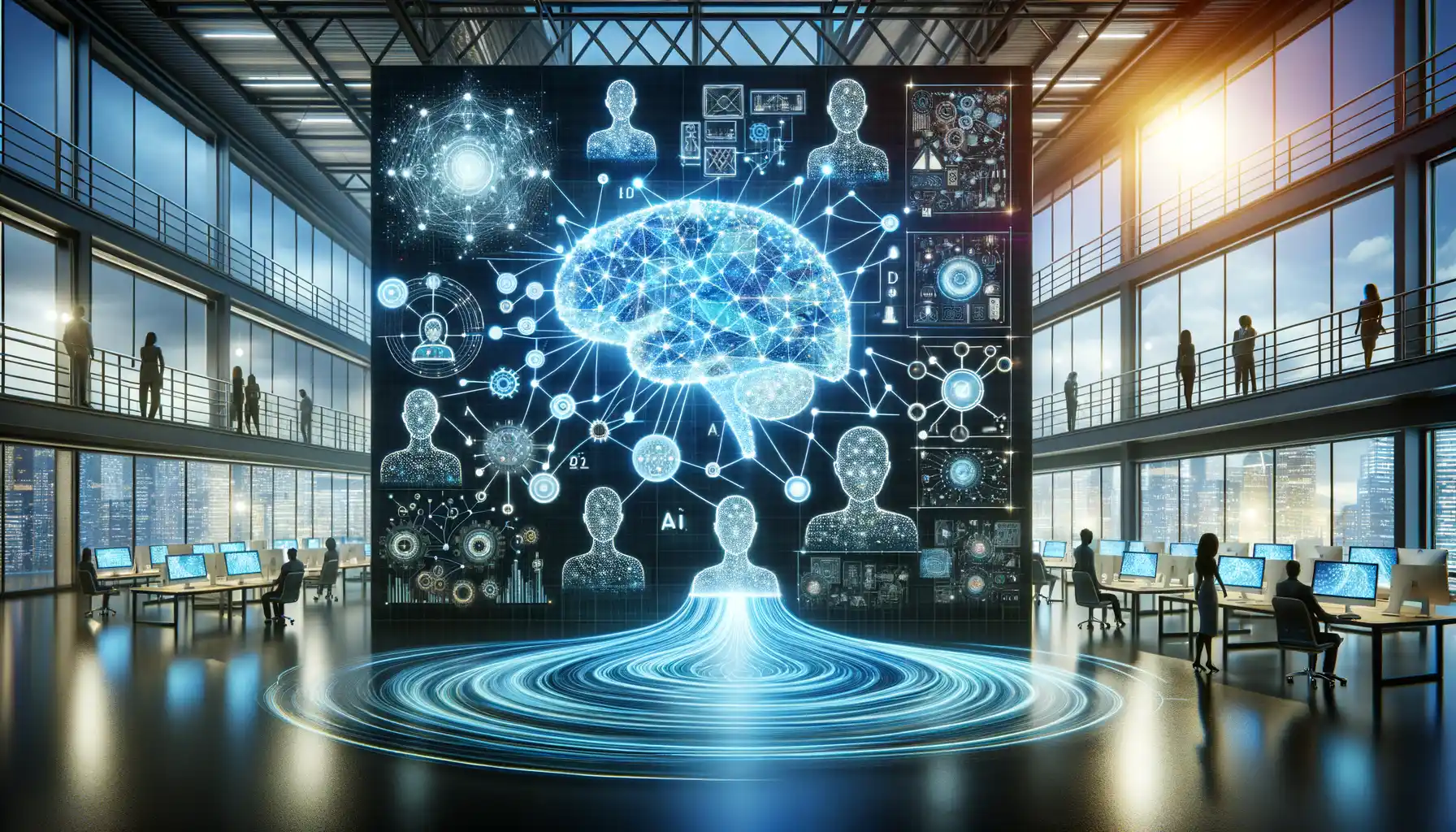Key Trends Shaping AI in Business
The Shift from Automation to Augmentation
AI in business is no longer just about replacing repetitive tasks—it’s about empowering humans to reach new heights. Imagine an executive brainstorming big ideas while an AI assistant instantly analyzes market trends or predicts consumer behavior. That’s the magic of augmentation. It’s not taking over your job; it’s like having a genius co-pilot steering alongside you.
Businesses are rapidly adopting tools that blend human creativity with machine precision. Think real-time language translation during global board meetings, or AI-driven design software helping craft eye-catching campaigns. This trend is helping companies bridge skill gaps and unleash bold innovations.
- AI-powered collaboration tools are reshaping teamwork by automating mundane tasks and freeing up time for creative problem-solving.
- Enhanced personalization: From tailored shopping experiences to custom financial advice, AI is paving the way for hyper-targeted customer interactions.
Exploding Adoption of Generative AI
Have you noticed it? Everyone’s talking about Generative AI, and for a good reason—it’s rewriting the rulebook for content creation. Picture this: A fashion brand uses generative AI to draft ad copy, design virtual storefronts, and even prototype new apparel—all in minutes.
But it doesn’t stop there. Companies are deploying this tech to solve real-world problems. In healthcare, AI-generated images help diagnose medical conditions. In entertainment, it’s reshaping how movies, music, and games are produced. The possibilities? Borderline endless.
If you’ve been wondering where businesses are finding their next growth edge, here it is: at the crossroads of imagination and computation. And guess what? Generative AI is driving that surge forward at breakneck speed.
Applications of AI Across Industries

How AI is Transforming Everyday Business Functions
Picture this: your favorite coffee shop knows your go-to order before you even step in the door. That’s the magic of AI-powered personalization, and it’s just the beginning! Across industries, artificial intelligence is stepping in as the ultimate multitasker—optimizing processes, driving insights, and even sparking creativity.
Take retail, for example. AI is breathing life into customer journeys with predictive analytics that anticipate what shoppers want before they do. Ever noticed how streaming platforms like Netflix recommend your next binge-worthy show? That’s not luck; it’s a carefully crafted algorithm working behind the scenes.
In healthcare, AI isn’t just crunching numbers; it’s saving lives. Think of cancer detection powered by deep learning or virtual assistants helping doctors diagnose faster and with deadly accuracy.
- Finance: Fraud detection systems run on AI, spotting suspicious transactions faster than a human ever could.
- Manufacturing: Smart factories use AI to predict equipment failures before they happen. Goodbye, costly downtime!
- Marketing: AI dives into consumer data, crafting campaigns that hit the heart of exactly what customers need and want.
Unexpected Ways AI is Changing the Game
Let’s talk surprises. Did you know AI is revolutionizing agriculture? With precision farming, drones don’t just snap aerial photos—they analyze soil health and crop conditions. Farmers can make decisions with the power of data at their fingertips.
Even in creative worlds like fashion and design, AI is making waves. From predicting trends to designing virtual clothes, brands are mixing tech with art like never before.
But here’s the kicker: it’s not all about automation. In industries like education, AI is creating hyper-personalized lesson plans, ensuring that no student gets left behind. It’s part teacher, part tutor, part cheerleader all wrapped into one exciting technological package.
Benefits and Challenges of AI Adoption

The Bright Side: Why AI is a Game-Changer
Ah, the sparkle of AI-powered possibilities. Imagine a world where tedious tasks vanish like smoke, leaving time and space for creativity and strategy. That’s the magic of AI. Businesses are witnessing leaps in efficiency, where algorithms churn tirelessly, analyzing mountains of data to deliver insights faster than you can sip your morning coffee.
The benefits are endless:
- Hyper-personalization: AI doesn’t just “know” customers; it understands them, crafting experiences tailored as perfectly as a bespoke suit.
- Scalability: From small startups to sprawling enterprises, AI tools grow with you, adapting seamlessly to changing demands.
- Cost savings: Automating workflows slashes overheads, all while boosting productivity.
But here’s the kicker—AI isn’t just a tool, it’s an ally. With it, patterns emerge where others see chaos, forecasts sharpen, and innovation feels as natural as breathing.
The Bumpy Road to Adoption
Of course, no revolution comes without its growing pains. For many, implementing AI feels like assembling IKEA furniture without instructions. Businesses grapple with challenges like how to find skilled talent or which data to trust. And let’s not forget the elephant in the room: ethical quandaries.
Will algorithms unintentionally reflect biases lurking in the data? Could automation spark fear of job loss among employees? These aren’t hypotheticals—they’re real hurdles. Trust-building becomes crucial, fostering collaboration between humans and AI rather than fear-driven resistance.
So yes, adopting AI can feel like a steep climb, but oh, what a view from the summit.
AI Innovations Driving the Future

The Spark of Genius: Transformative AI Breakthroughs
Imagine a world where machines not only crunch numbers but also compose symphonies, predict diseases before symptoms arise, and revolutionize industries overnight. That’s not sci-fi—it’s today’s reality, driven by transformative AI breakthroughs that are rewriting the rules of innovation.
Take, for example, Generative AI. This isn’t just about quirky AI-generated art; it’s a game-changer. Picture a marketing professional who no longer starts campaigns from scratch but collaborates with an AI capable of writing compelling slogans and designing visuals tailored to specific audiences. It’s like having a creative partner that never runs out of ideas.
Another striking advancement? Edge AI. This tech brings sophisticated intelligence directly to devices we use daily—think self-driving cars or smart home systems that intuitively adjust to your preferences. It’s fast, localized, and doesn’t rely on the cloud.
- Natural Language Processing (NLP): Crafting human-like conversations, automating customer support, and even translating languages in real time.
- Predictive Analytics: Harnessing patterns to foresee trends, optimize supply chains, and improve financial forecasting.
These innovations aren’t just advancing technology; they’re reshaping how we work, live, and dream about what’s possible.
Strategies for Successful AI Integration

Pinpointing Your AI Goals: The Heart of Integration
To dive into AI without a clear purpose is like setting sail without a compass. Start by asking yourself: *What gap am I trying to fill?* Define your objectives with laser-sharp clarity. Are you looking to enhance customer service through chatbots, streamline operations with predictive analytics, or perhaps revolutionize your product offerings altogether?
Once you know the “why,” it’s easier to map out *how* AI will become the secret sauce of your business strategy. One tip? Think small to go big. Test on a specific task before scaling up—it’s better to ace a single move than fumble with the whole game.
Building Human-AI Harmony
Successful AI integration isn’t just about the tech; it’s about the people behind it. Fear of automation often looms large, and that’s where leaders need to shine. Empower your teams with knowledge, upskilling them so they don’t view AI as a rival but as their smartest ally.
Here are key strategies to create synergy:
- Organize training sessions to demystify AI and spark excitement.
- Encourage cross-functional brainstorming with both technical and non-technical employees.
- Establish a feedback loop; AI evolves, and so should your approach.
Remember, an AI-driven future works best when humans hold the steering wheel, guiding intelligent technology toward shared goals.
